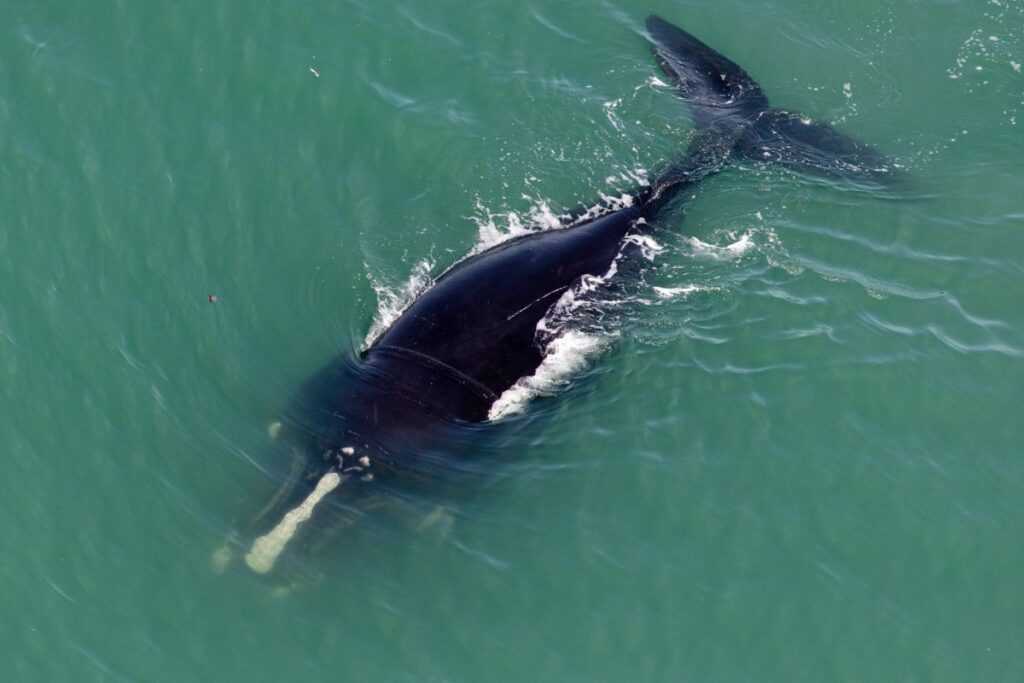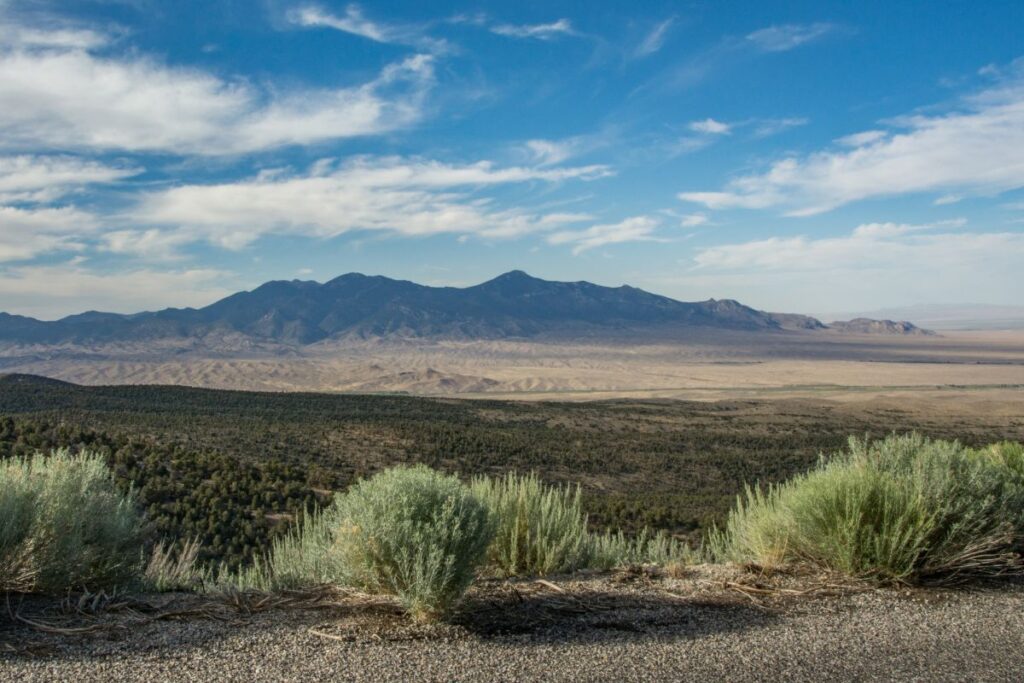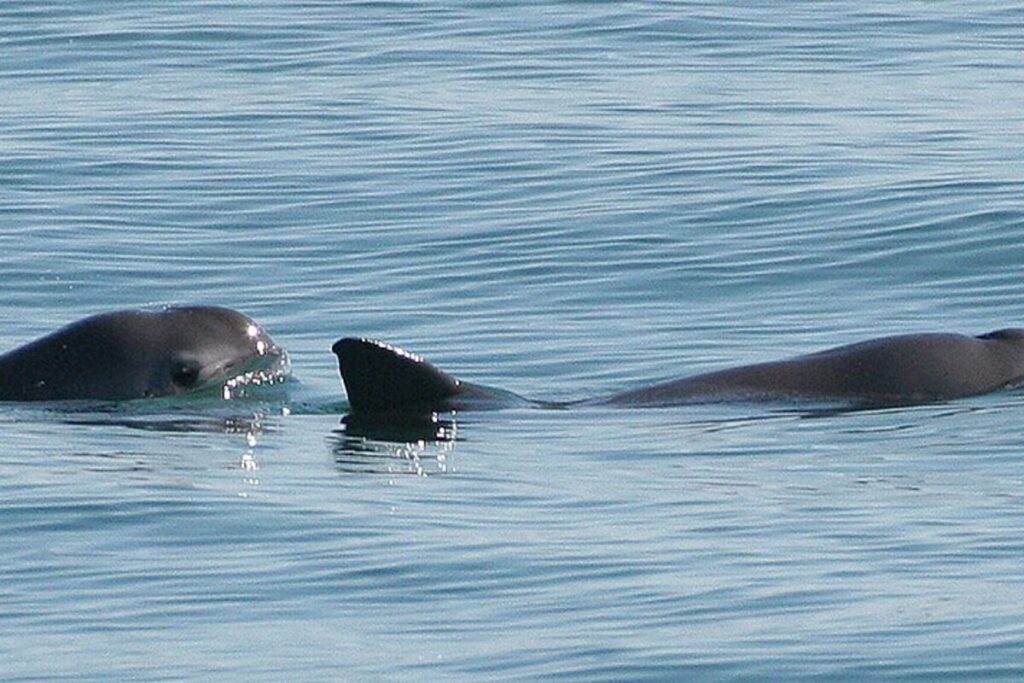In our increasingly interconnected world, many species face dire threats from habitat loss, climate change, and human activity. This urgent crisis has led to a rise in critically endangered animals—those on the brink of extinction unless significant conservation efforts are made. These creatures, ranging from majestic whales to unique amphibians, play crucial roles in their ecosystems and represent the rich biodiversity of our planet. In this list, we highlight ten critically endangered species, shedding light on their current plight and the conservation challenges they face.
1. Red Wolf

The red wolf (Canis rufus) is a medium-sized predator, smaller than a grey wolf but larger than a coyote. Known for their red-grey coats, these wolves once roamed across the eastern and southern US but are now only found in North Carolina.Declared extinct in the wild in 1980, red wolves were reintroduced in 1987. Despite conservation efforts, their population remains critically endangered, with only 20-30 mature individuals left in the wild.
2. Axolotl

The axolotl (Ambystoma mexicanum) is a salamander that never matures into its adult phase, staying in water its entire life. This unique amphibian is native to Lake Xochimilco in Mexico City and is known for its permanent “smile” and feathery gills. The axolotl is critically endangered due to pollution and habitat destruction, and its population continues to decline.
3. North Atlantic Right Whale

The North Atlantic right whale (Eubalaena glacialis) is one of the world’s largest and most endangered whales. These gentle giants can grow up to 18.5 meters long and weigh over 100,000 kilograms.Today, only around 350 remain, with just 70 breeding females. Threats include entanglement in fishing gear and vessel strikes, exacerbated by climate change altering their migratory routes.
4. Bolson Tortoise

The Bolson tortoise (Gopherus flavomarginatus), the largest land reptile in North America, inhabits the grasslands of Mexico. These tortoises dig deep burrows to escape predators and extreme temperatures. Habitat destruction and overgrazing have driven the Bolson tortoise to the brink of extinction, with only 2,500 individuals left in the wild.
5. Mojave Desert Tortoise

The Mojave Desert tortoise (Gopherus agassizii) has survived for millions of years in the harsh desert environment. However, human expansion and habitat fragmentation have led to a sharp decline in their population—down 90% since 1950. These critically endangered tortoises now face competition from invasive plants and threats from urban development.
6. Kemp’s Ridley Sea Turtle

Kemp’s Ridley sea turtles (Lepidochelys kempii) are the smallest sea turtles in the world, known for their mass nesting events called arribadas. They primarily live in the Gulf of Mexico but have suffered from fishing bycatch, which has decimated their numbers. Kemp’s Ridley sea turtles are critically endangered, with fishing activity being their greatest threat.
7. Rice’s Whale

Rice’s whale (Balaenoptera ricei), one of the rarest whale species, is found in the Gulf of Mexico. These critically endangered whales number only 26, largely due to habitat destruction from oil spills and increased ship traffic. Their small population continues to dwindle, making them one of the most endangered marine mammals on the planet.
8. Hot Creek Toad

The Hot Creek toad (Anaxyrus monfontanus) was only discovered in 2017, inhabiting a remote marshland in Nevada’s Great Basin. Little is known about the species, but it is critically endangered due to its small habitat range and the fragility of its ecosystem. Conservation efforts are just beginning for this recently discovered amphibian.
9. California Condor

The California condor (Gymnogyps californianus) is the largest flying bird in North America, with a wingspan of up to 10 feet. Once nearing extinction, these scavengers are still critically endangered, with only 93 mature individuals left in the wild. Lead poisoning from ingesting bullet-riddled carcasses remains a significant threat to their survival.
10. Vaquita

The vaquita (Phocoena sinus) is the world’s smallest and most endangered porpoise, found only in the northern Gulf of California. With fewer than 10 individuals left, their extinction is imminent unless immediate action is taken. The primary threat to the vaquita is bycatch in illegal gillnet fishing, making their conservation one of the most urgent in the world.







